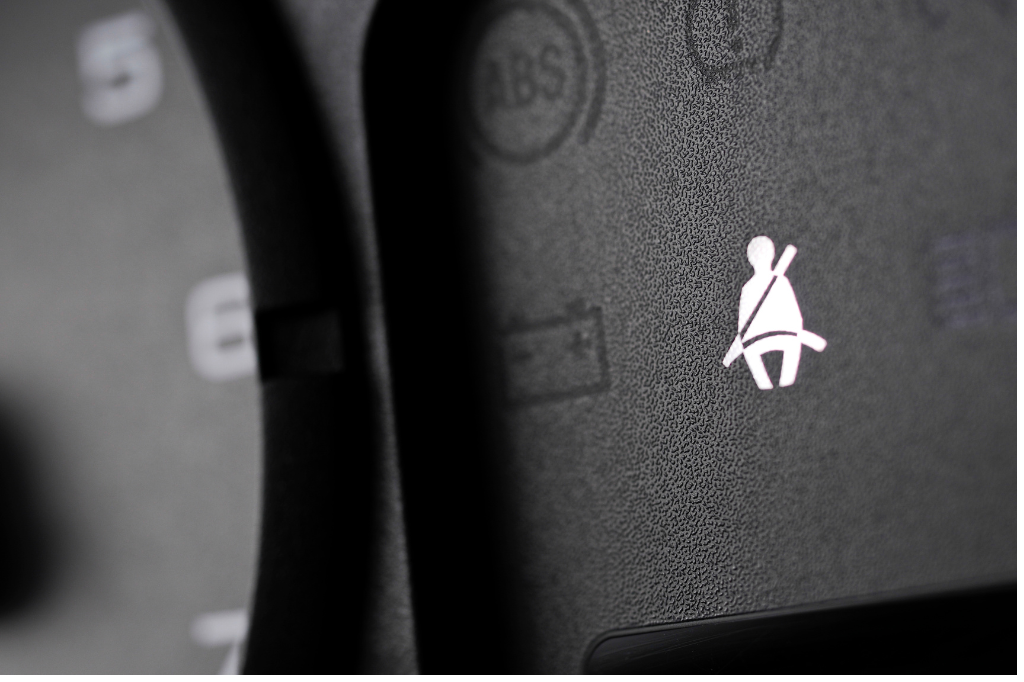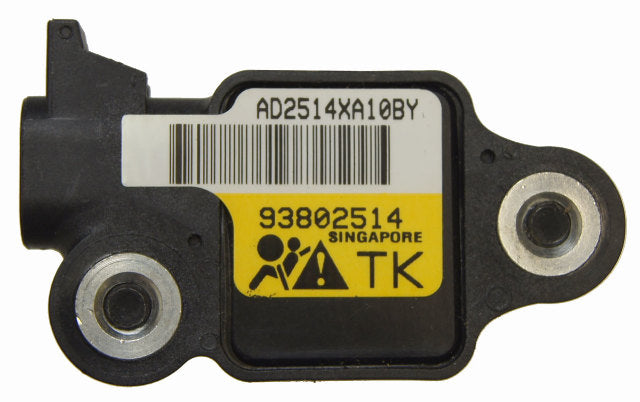So, there you are, cruising down the highway with your favorite playlist blaring, and suddenly bam!you catch sight of the airbag warning light on your dashboard. Your heart skips a beat, and that sinking feeling kicks in. What now? Should you pull over? Keep driving? Lets face it, most of us arent sure what to do when that light comes on, but ignoring it isnt the answer. Lets break down why your car might be throwing this red flag and, more importantly, what you can do to get things back on track.
1. What Is the Airbag Light?
First things first whats the deal with this light? The airbag light (officially called the Supplemental Restraint System or SRS light) is your cars way of saying, Hey, somethings up with your airbag system. This isnt just a casual suggestion; its more like a serious nudge, warning you that if push comes to shove (literally), the airbags might not deploy. Yikes, right?
2. How Does the Airbag System Work?
The Watchful Sensors
Scattered throughout your car, these sensors are like little sentinels, always on guard for sudden impacts or deceleration.
The Command Center
All that data from the sensors gets sent to the airbag control module, which decides, in milliseconds, whether to deploy the airbags.
Fast Action
Once triggered, the airbags deploy almost instantaneously. Were talking faster than the blink of an eyeno joke. Its designed to be your last line of defense when things go sideways.
3. Why Is My Airbag Light On?
You might be wondering, So what could trigger this light? Good question. Theres actually a list of potential culprits.
3.1 Seat Belt Sensor Glitches
Your seat belts and airbags are interlinked. If a seat belt sensor is malfunctioning, maybe due to a loose wire or general wear, the system throws a warning.
3.2 Crash Sensors Acting Up
Crash sensors detect collisions and tell the airbags when to deploy. If theyre damaged from a minor accident or have aged over time, the warning light might come on.
3.3 Control Module Malfunctions
The control module is the brain of the airbag system. Electrical issues or water damage (even from a spilled drink) can trigger the warning light.
3.4 The Clock Spring Problem
This part sits in the steering wheel and keeps the airbag connected while you turn. Over time, it can wear out, causing the warning light to illuminate.
3.5 Battery Issues
A weak or dying battery can disrupt the electrical circuit, triggering the airbag warning light.
3.6 After an Accident
If your airbags deployed during an accident, they need to be reset or replaced. Skipping this step will keep the warning light on.
4. How to Diagnose the Problem
4.1 Try an OBD-II Scanner
An OBD-II scanner plugs into your cars diagnostic port and reads error codes. It wont fix the problem but will help you identify it.
4.2 Bring in the Pros
A trusted mechanic can use advanced tools to diagnose the issue and save you the time and frustration of doing it yourself.
5. Solutions for Common Airbag Light Problems
5.1 Fixing the Seat Belt Sensors
A quick repair or replacement of a faulty seat belt sensor should solve the problem.
5.2 Replacing Crash Sensors
Damaged crash sensors need replacing as theyre crucial for detecting collisions.
5.3 Handling a Faulty Control Module
The control module may need a reset or replacement. This is best left to a professional due to its complexity.
5.4 Dealing with a Clock Spring Issue
If the clock spring is faulty, it will need replacing. This involves removing the steering wheel, so a professional touch is advised.
5.5 Battery Replacement
Replace or recharge a weak battery, then check the cars electrical system to ensure everything is functioning properly.
6. Why Ignoring the Airbag Light is a Bad Idea
You might think, The car runs fine, so Ill deal with it later. But ignoring the light means your airbag system might not work when you need it most. Thats a gamble you dont want to take.
7. Preventing Future Issues
Stick to Regular Maintenance
Routine vehicle maintenance helps catch potential problems early.
Check After Minor Accidents
Even minor collisions can affect sensors, so get the car checked after any incident.
Stay Aware of Recalls
Manufacturers sometimes issue recalls for airbag system issues, so keep an eye out for these to avoid unexpected problems.
8. FAQs
Q1: Is it safe to drive with the airbag light on? Technically, yes, but its not advisable. The light means your airbag system may not function properly.
Q2: How much could it cost to fix an airbag light issue? Costs can vary from $50-$200 for simple fixes to $600 or more for complex repairs.
Q3: Will disconnecting the battery reset the airbag light? It might reset it temporarily, but the underlying issue will remain.
Q4: What if the airbag light is blinking? A blinking light indicates an intermittent problem that should be checked out.
Q5: Will my car fail inspection if the airbag light is on? In many places, yes. The airbag system is essential for vehicle safety.
Q6: How long does it take to fix the airbag system? It varies. Simple fixes can take an hour, while complex repairs may take a day or more.
Conclusion
Seeing that airbag light come on isnt the end of the world, but its something that needs your attention. Taking the time to diagnose and fix the issue means you can drive with peace of mind, knowing your safety system will be there when needed.




Leave a comment
This site is protected by hCaptcha and the hCaptcha Privacy Policy and Terms of Service apply.